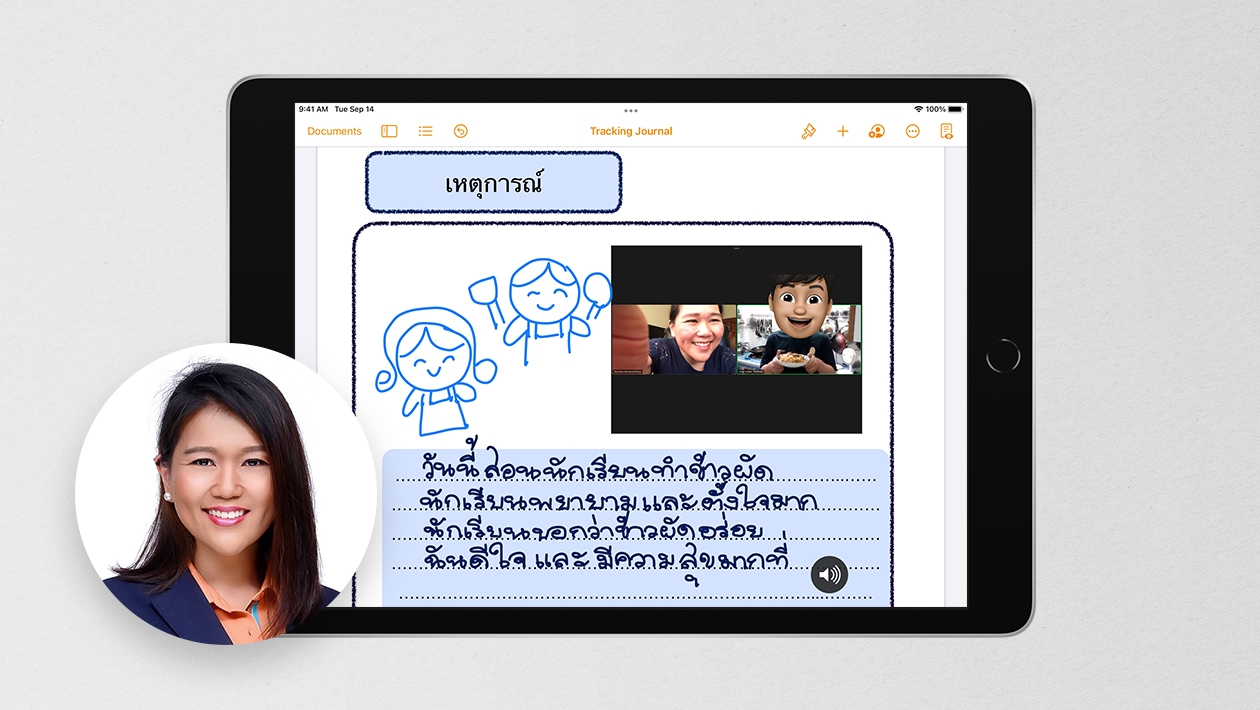Students downloaded a Pages template for a digital journal (See attachment for the template). They were instructed how to personalize the journal for use todays and for the future.
Students were instructed to write as much as they know (RIGHT OR WRONG) about one of the questions listed below. The questions below were generated by students from my previous Health classes. The questions were chosen due to the fact that they were the most commonly asked questions. They were not required to submit the journal, but it was used as a prompt to generate more questions.
- What are the dangers of unprotected oral sex if neither person has an STD
- Is it smart to get birth control at this age, if you are active?
- Do you have to be 18 to buy birth control or Plan B?
- Is sex healthy before adulthood?
- So if you're having sex, and the condom breaks, what are the actual chances of catching an STD?
- Why do we have cramps during the period?
- Can someone be born with an STD?
- How exactly are babies able to fit through the vagina during birth? Babies are big.
- Is it okay for a 17-year-old to have sexual intercourse with a 20+-year-old, if consent is given?
- Can a man get raped? (Serious Question)
- Is a vagina condom a thing?
- What does a healthy sexual relationship look like? I understand that consent is an important part of it, but other than that I don’t know what makes a healthy sexual relationship.
- Is there actually more than 2 genders?
- How should you refer to a transgender person, as a he or she?
Once they finished their journal they posted their questions to the anonymous Human Sexuality Question Box using Google Forms (See the attachments for pictures of the form and the directions on how to ask a appropriate question). These are questions that arose during their journaling were to focused on what they wanted to know more information on. The generated questions were then answered in a class discussion.
Impact: I feel that the lesson was a total success. It allowed student to have a conversation without having a conversation about a topic that is difficult to talk about. The questions generated more questions and those were updated in real time as the question box was still open. Students participated both by asking questions in the question box and by their physical/body language that showed engagement in the conversation. It allowed students to ask very important, and sometimes personal questions, in a safe environment without the anxiety of having to verbally ask the questions.
#D214 #Health








Attach up to 5 files which will be available for other members to download.